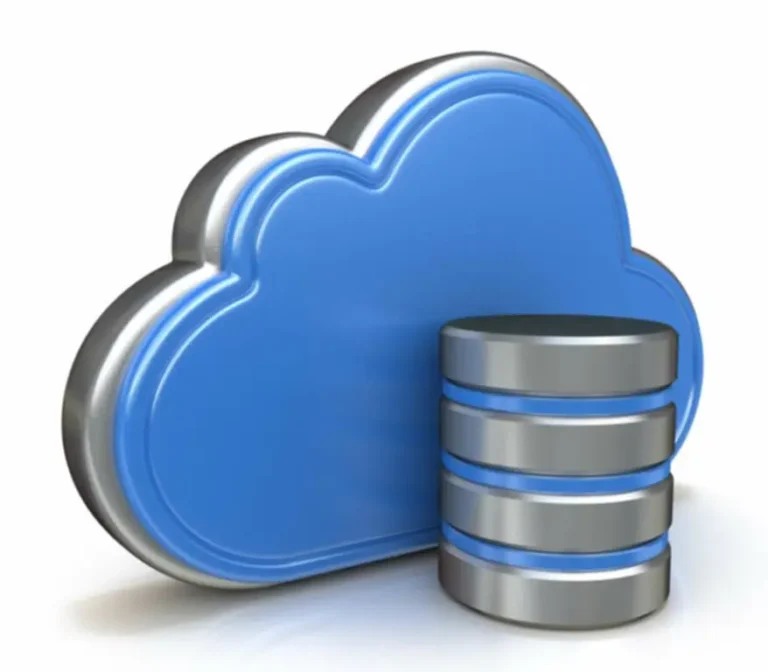PostgreSQL helps a number of procedural languages, together with PL/pgSQL (a PostgreSQL-specific language similar to SQL), PL/Python, PL/Perl, and PL/Java. These languages permit you to write saved procedures and trigger in your language of selection. MongoDB is doubtless considered one of the most popular NoSQL document-oriented databases out there at present.
PostgreSQL makes use of the relational database mannequin that depends on storing information within tables and using the structured query language (SQL) for database access. It has a big object facility, which provides stream-style entry to user data that is saved in a particular large-object construction. PostgreSQL’s federated data hub permits it to hook up with numerous knowledge shops, together with both non-relational and relational databases. PostgreSQL uses JSON support and foreign information wrappers to attach and entry different https://www.globalcloudteam.com/ database systems. These options make it in a place to work with a polyglot database setting, which means it’s good for complex industries that need to optimize their storage.

It provides flexibility in knowledge sorts, scalability, concurrency, and information integrity for structured information. Relational databases, corresponding to PostgreSQL, are based on a structured question language (SQL) and use a predefined schema to manage and query knowledge. They retailer data in tables with rows and columns, making certain information integrity and consistency through normalization and ACID compliance.
One of the things that we may struggle with as builders when working on a green area project is our stack. Choosing the best tech to solve an issue could be a harrowing experience. Databases particularly is normally a bit robust if we’re uncertain how our information is going to be used. The Airbyte blog has more information about databases and how to successfully use them on your artificial general intelligence organization.
Each doc can maintain numerous kinds of information, including arrays, Booleans, numbers, strings, and nested documents. By using Binary JSON (BSON), MongoDB holds further data sorts and processes data effectively. With the info storage flexibility in MongoDB, you’ll have the ability to retailer unstructured, evolving, and dynamic information. MongoDB excels with unstructured information and scales horizontally, whereas PostgreSQL is right for structured knowledge, making certain data integrity and sophisticated querying. The finest database for big datasets is dependent upon mongodb vs postgresql the info kind and required operations. It can handle structured information, making it a perfect selection for functions that require strong information administration, knowledge analytics, and ACID transactions.

PostgreSQL’s hybrid capabilities—offering both relational and document-based storage—let you enjoy the best of both worlds without the pitfalls of a completely schemaless system. And even among the many relational database group, Postgres ismore rigorous than other peers like MySQL. MongoDB is a NoSQL database that doesn’t use predefined relationships between collections.
This makes NoSQL databases much less ideal for financial establishments the place the validity of its transactions is most essential. For enterprise organizations switching to an open source database, understanding the benefits and weaknesses of that database is essential. In this blog, we evaluate PostgreSQL vs. MongoDB — two of the most well-liked open supply databases in use right now.
MongoDB additionally makes use of sharding and read scalability to ensure a high degree of horizontal scalability. Sharding distributes data across a quantity of partitions, and each shard holds a subset of knowledge. Sharding distributes the workload for high-traffic data units across a quantity of servers. Secondary replicas can deal with read operations, which helps to distribute the learn workload and enhance efficiency.
Question Language
It’s a great choice for businesses and individuals in search of a robust, feature-rich database without incurring software program costs. Replication is a database characteristic that ensures failure tolerance and excessive availability. Meet Pranisha, a technical writer who loves simplifying complicated jargon for a wider viewers. She additionally likes to craft participating storyboards on various technical matters.

Postgresql Vs Mongodb Efficiency
- MongoDB uses primary node replication, which duplicates information into reproduction sets.
- A database with a list management system might have helped this firm come into the 21st century and cut back the necessity for a bookkeeper and stock reconciliation.
- PostgreSQL is an RBDMS primarily based on a client-server mannequin, where purchasers connect with the PostgreSQL server to access the database.
- MongoDB provides a versatile schema-less model the place documents inside collections can have varying constructions, permitting for seamless evolution of the data model.
- PostgreSQL is a relational database system that helps SQL (Structured Question Language) as its main question language.
An index is a data structure that maps values of a number of columns to a bodily location of the corresponding knowledge on the disk. Estuary provides real-time knowledge integration and ETL for contemporary knowledge pipelines. Construct scalable, fault-tolerant streaming knowledge pipelines that seamlessly connect with virtually any data source for information warehouses, real-time analytics, operations, machine studying, and AI. In some instances, using each PostgreSQL and MongoDB could be the most effective strategy. For instance, you might use PostgreSQL for storing core transactional data and MongoDB for dealing with much less structured information like user exercise logs or product reviews. MongoDB offers driver assist for most database languages like Python, Java, R, Scala, C, C++, C#, Nodejs, and more.
Data-as-a-service
MongoDB can store and retrieve unstructured data like images, movies, and texts. It can query and retrieve content material quickly and handle many concurrent read and write operations. This makes it a good choice for high-traffic content management applications. Both MongoDB and PostgreSQL are greatest in their respective use instances, however one cannot be universally higher than the other. MongoDB is finest for flexibility with its JSON-like doc format, whereas PostgreSQL is a relational database ideal for top information integrity and SQL querying. It’s a very common thought that probably the greatest issues about NoSQL database management methods is its performance.
PostgreSQL has information constraint and validation capabilities to ensure that JSON documents are more significant. PostgreSQL is far more concerned with requirements compliance and extensibility, supplying you with the freedom on tips on how to store knowledge. It makes use of each dynamic and static schemas which let you use it for relational information and normalized form storage.
